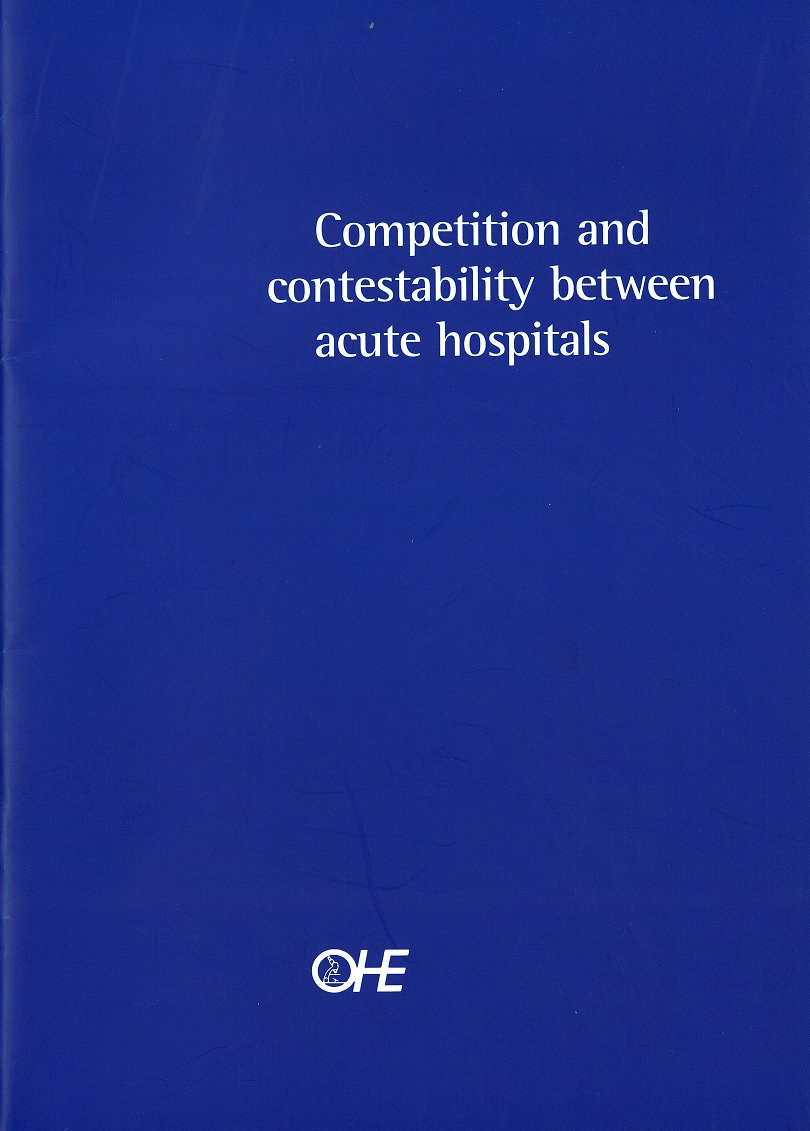The 1989-1991 Conservative reforms of the National Health Service (NHS) introduced fundamental changes in the organisation of health care in the UK. At the same time…
The 1989-1991 Conservative reforms of the National Health Service (NHS) introduced fundamental changes in the organisation of health care in the UK. At the same time they emphasised for the first time in the context of the NHS the potential benefits to patients…
The 1989-1991 Conservative reforms of the National Health Service (NHS) introduced fundamental changes in the organisation of health care in the UK. At the same time they emphasised for the first time in the context of the NHS the potential benefits to patients and taxpayers of competition between care providers. In December 1997, the publication of the new Labour government’s own NHS reform White Papers for England and Scotland marked the end of this promotion of competition and its replacement instead by exhortation to all parts of the NHS to cooperate with one another to provide ‘integrated care’.
Lying behind the replacement of competition by co-operation, however, remains the explicit threat that health care commissioners ‘as a last resort will be able to change provider if, over time, performance does not meet the required standard’ (Cm 3807, para. 3.13). That is, provision of health care services is to be contestable, a point which was made even more explicitly by the then Labour spokesperson on health shortly before the 1997 general election: ‘we envisage commissioning groups and health authorities using a system of contestability to force improvements in standards’ (Smith, December 1996). The division between providers of health care on the one hand and commissioners (formerly ‘purchasers’) of it on the other, which was introduced by the Conservatives as the core of their 1989-1991 NHS reforms, is to be retained.
The purpose of this monograph is to assess the extent to which competition between acute hospitals was ever possible in the UK and to what extent contestability has any greater applicability.
